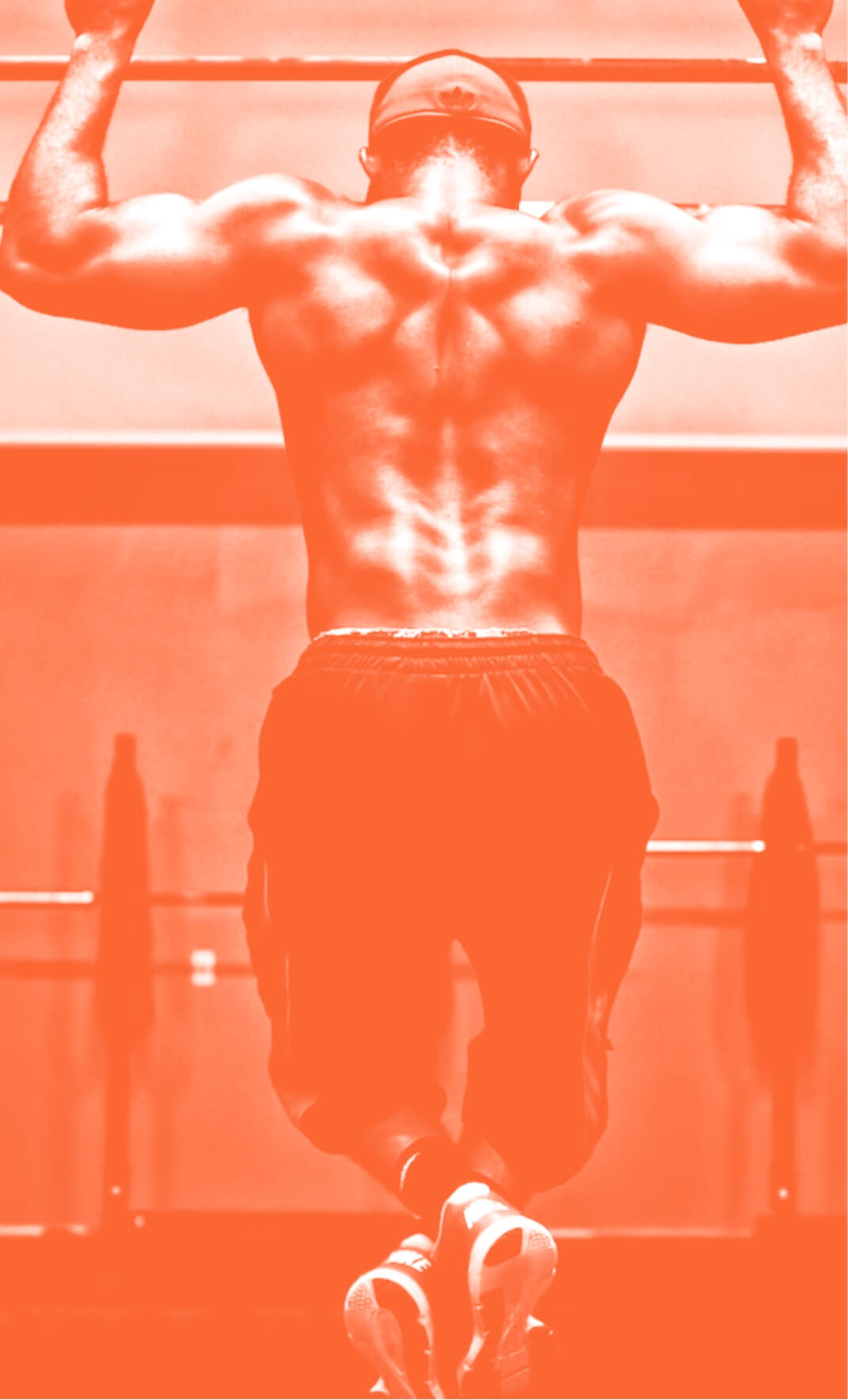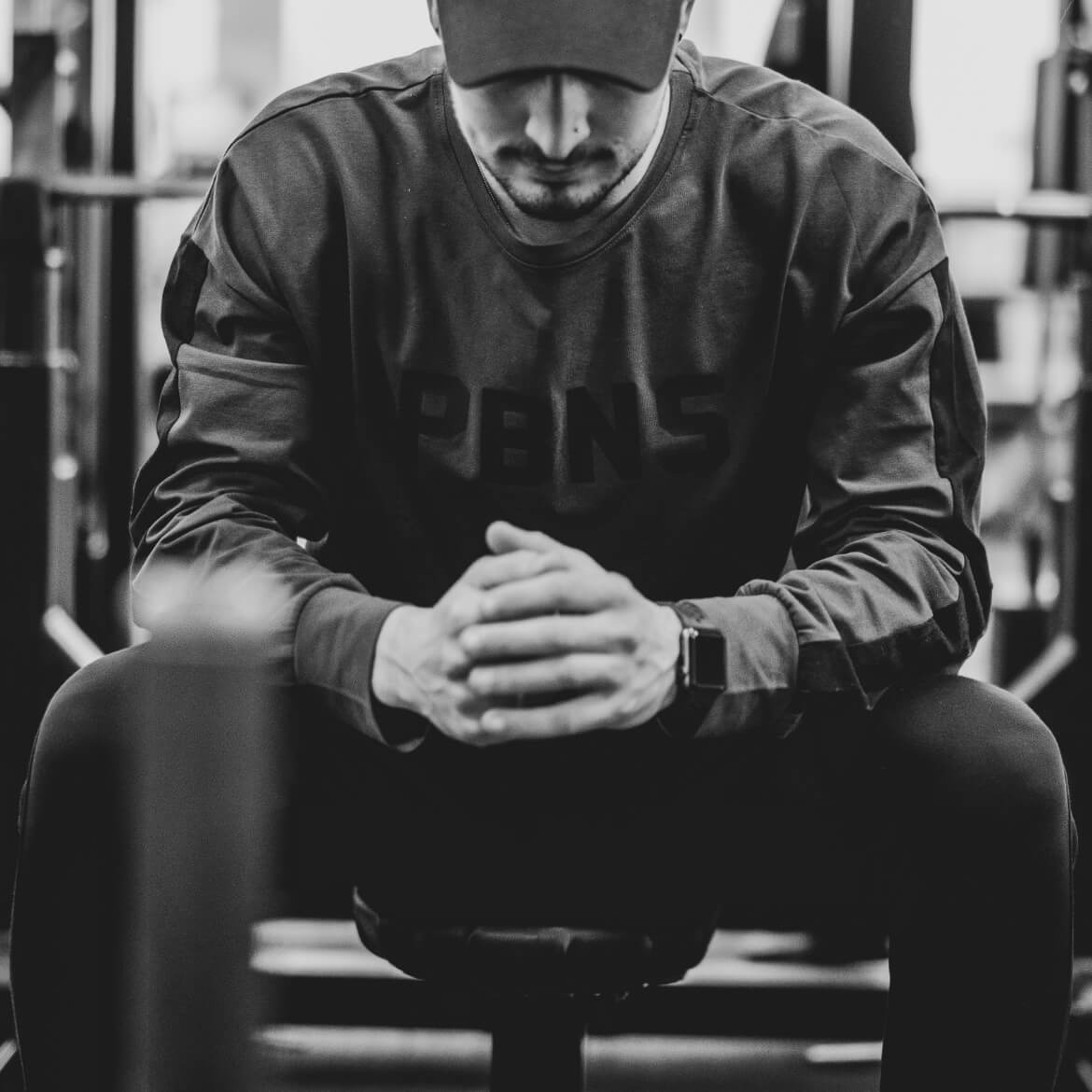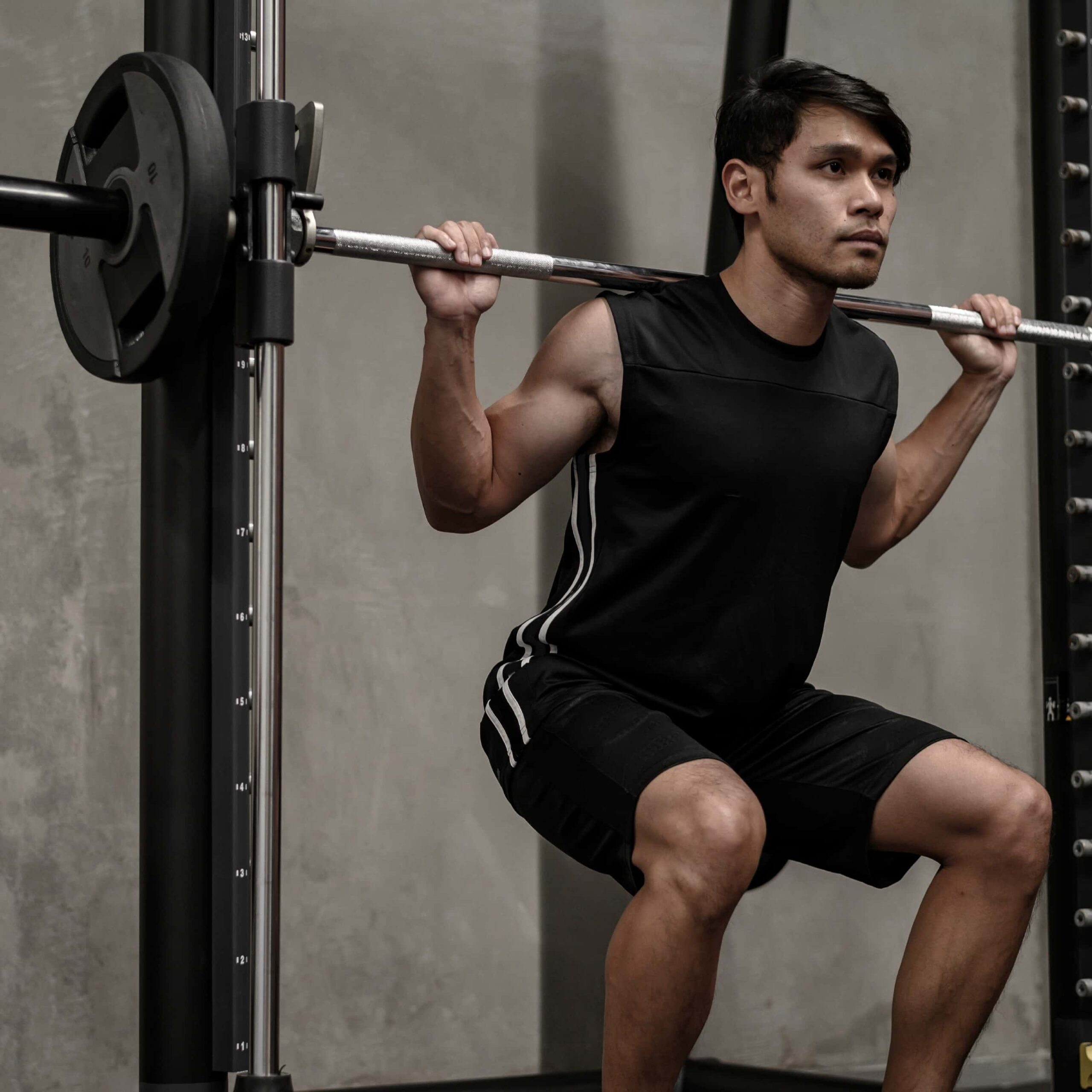How To Do The Perfect Shoulder Press
21st Mar 19

The shoulder press is one of the fundamental strength-building exercises for your upper body. It’s a great compound movement that will give you better deltoid strength in no time, and there are so many different ways to go about doing it to suit your needs. It’s one of the most versatile exercises you can do. The only issue with it is that so many people just don’t quite nail the technique, and there is where problems lie.
Want to move fast? Jump to the right section below.
Set-Up

Starting with the set-up, it’s important to know exactly how to get started when it comes to any type of shoulder press. It’s a relatively easy motion range to perform, but it’s all in how you choose to do it that can make or break your workout.
Equipment
Off the bat, as we’ve said repeatedly, the shoulder press has a lot of variables. The biggest of these variables is equipment. Dumbbells are usually the best equipment to use in any exercise because of how much they free your movement and require you to stabilise yourself to develop your strength to its fullest potential. This is no different here. Grab a pair of dumbbells that you’ll be able to reasonably lift for a full set, nothing ridiculously heavy.
Stood vs Seated
Once you’ve decided what you’re using (dumbbells preferably), you need to move into your starting position. Seated is usually the way to go if you’re trying to lift serious weight, but standing is a better choice again for proper technique and functional strength. Stand upright with your feet firm and the weights by your side so that you can use your core and your back to keep you stable throughout and strengthen these areas at the same time.
Feet Positioning
Your feet should be hip-width apart at all times to make sure that you can drive the power from your upper body rather than even accidentally cheating and turning the exercise into a push press where you are feeling the urge to contract your legs for that extra explosive boost to shoot the weight upwards.
Technique

Once you’re all good to go and have everything you need in place, it’s time to look at the technique and the pitfalls that so many people fall into in doing so. There are good and bad ways to go about it. Your technique is the difference between making serious progress and causing yourself an injury, so you need to make sure you’re on form at all times and keep focused on what you’re doing.
Arms Straight Up
So, to start, you need to push the weights straight up above your head. The vertical motion range and the stability in doing so are what is going to activate your lateral, anterior and posterior deltoids together at the same time and give you generally stronger shoulders. Ensure, though, that you keep a slight bend in your arms at the top of the movement. Do not lock your elbows!
Arm Angle
When you’re coming back down, you need to know when to stop. This is another area where it’s easy to suffer some serious injuries in your training. Your rotator cuffs especially are vulnerable to the downward movement if you take your arms further down than they need to be. Your elbows should be in line with your shoulders when you finish lowering the weight, so your arms are making a 90-degree angle. Don’t go any further than this.
Breathing
As with any exercise, you need to make sure that your breathing is in line with your movement throughout too. As always, as you are moving the weight and contracting, you need to breathe outward to make sure you are performing the exercise correctly. Then as you come back down, breathe in. Take a second or two between reps.
Back Straight, Don’t Lean Back
Finally, a common footfall of the standing shoulder press is sway or momentum build-up. Your back is commonly an issue with the shoulder press as it’s easy to lean back in a rapid jerking motion to add more explosive power to the lift from other areas of the body. This is pointless as it’s not your shoulders doing the extra work, it’s elsewhere, and it’s dangerous. If you’re struggling, try a lower weight.
Keep all of this in mind at all times during your exercise if you want to get the best results and the best contraction. Your shoulders are pivotal to any upper body exercise, and if you mess this up, you risk undertraining them, letting you down elsewhere, or even worse, a serious and possibly even permanent injury.

Before beginning any exercise or nutrition program, consult your physician, doctor or other professional. This is especially important for individuals over the age of 35 or persons with pre-existing health problems. Exercise.co.uk assumes no responsibility for personal injury or property damage sustained using our advice.
If you experience dizziness, nausea, chest pain, or any other abnormal symptoms, stop the workout at once and consult a physician or doctor immediately.









